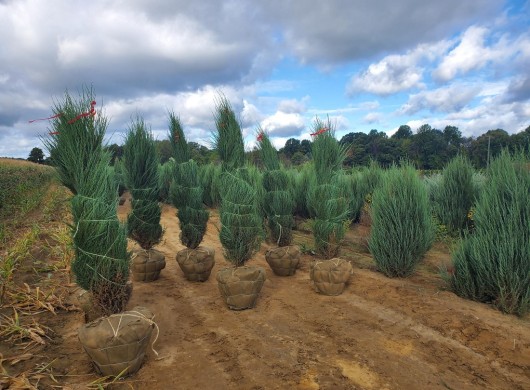

Hi! We’re a wholesale nursery.
We only sell to companies in the nursery trade.
Approved Buyers
View Plant AvailabilityI understand
Enter Site
We use cookies to personalise content, to provide social media features and to analyse our traffic. We also share information about your use of our site with our social media and analytics partners who may combine it with other information that you’ve provided to them or that they’ve collected from your use of their services. You consent to our cookies if you continue to use our website.

Hi! We’re a wholesale nursery.
Approved Buyers
View Plant AvailabilityI understand
Enter Site